When buying a purple clay Teapot, enthusiasts typically fear two things the most: first, purchasing a fake Purple Clay Teapot, and second, buying one made with chemical materials. So, how do you choose a good purple clay teapot?
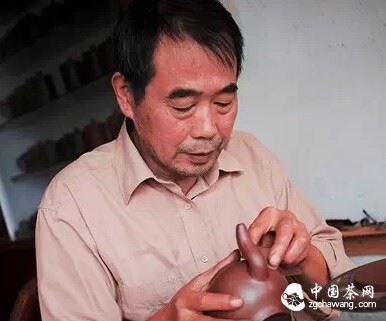
Look at the texture
Clay from original mines has a restrained luster, feels like warm jade, displays a stable color, and exudes an aged appearance. With good clay, you can see the results of use within half a month.
Teapots made with chemical mud show little change no matter how they are cared for, remaining dry and lifeless. While they can mimic the so-called mung bean paste effect, the surface gloss (due to the addition of wood ash water, also known as quartz water) prevents Tea water from being absorbed and oils from seeping in. Thus, such teapots cannot be nurtured.
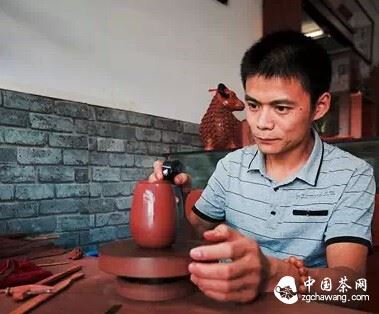
Check the absorbency
Authentic purple clay teapots, except for red clay and some dun-colored clays, generally have strong absorbency. This is why it's often said that tea brewed in a purple clay teapot tastes better than in other teapots. Teapots made with chemical mud usually lack absorbency; water poured on the body simply runs off rather than being absorbed by the pot.
A simple test is to touch the pot. A typical purple clay teapot will quickly absorb hand sweat, whereas a chemical mud teapot will not absorb water or sweat.
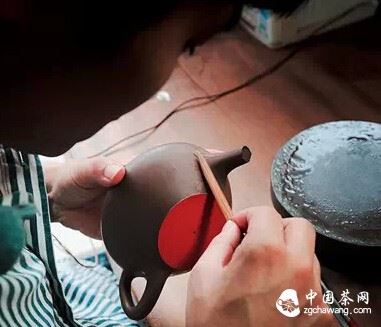
Smell the aroma
An unused purple clay teapot, when scalded with boiling water, usually has no smell or only the scent of Pottery. Chemical mud teapots, when scalded with boiling water, may emit a pungent odor or a peculiar fragrance, and the water stains on the body of the pot are difficult to absorb into the pot itself.
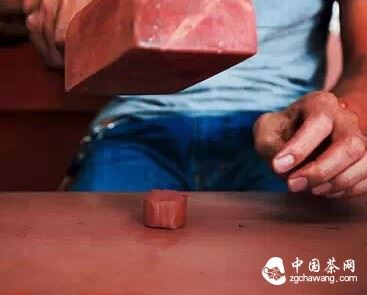
Inspect the patina
After being used for a period of time, a purple clay teapot develops a patina. Chemical mud teapots, no matter how they are used, will mostly retain only tea stains and rarely develop a patina.
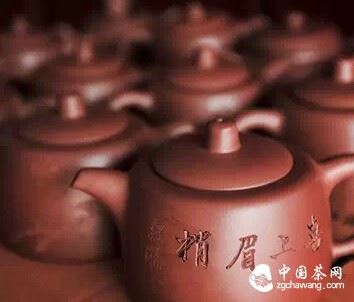
Examine the craftsmanship
Due to modern manufacturing processes being standardized and highly efficient, the resulting teapots are uniformly precise and finely crafted, appealing to many beginners. Handmade teapots, however, are created without identical molds, relying solely on the artisan's skill and experience. The artisan confidently crafts the pot according to their own requirements and preferences.
Therefore, even teapots of the same shape and size will differ in the shape of the body, diameter of the mouth, and the position, thickness, and height of the spout and handle. There will not be any completely identical teapots in terms of appearance and specifications. Original mine purple clay is rare and valuable, making large-scale mechanized or mold-produced batches impossible due to the limited amount of clay available.
Hence, distinguishing between traditional and modern craftsmanship is also an aspect of judging the quality of the clay.
Editor: Xiong Er, Cha Pao Pao Network